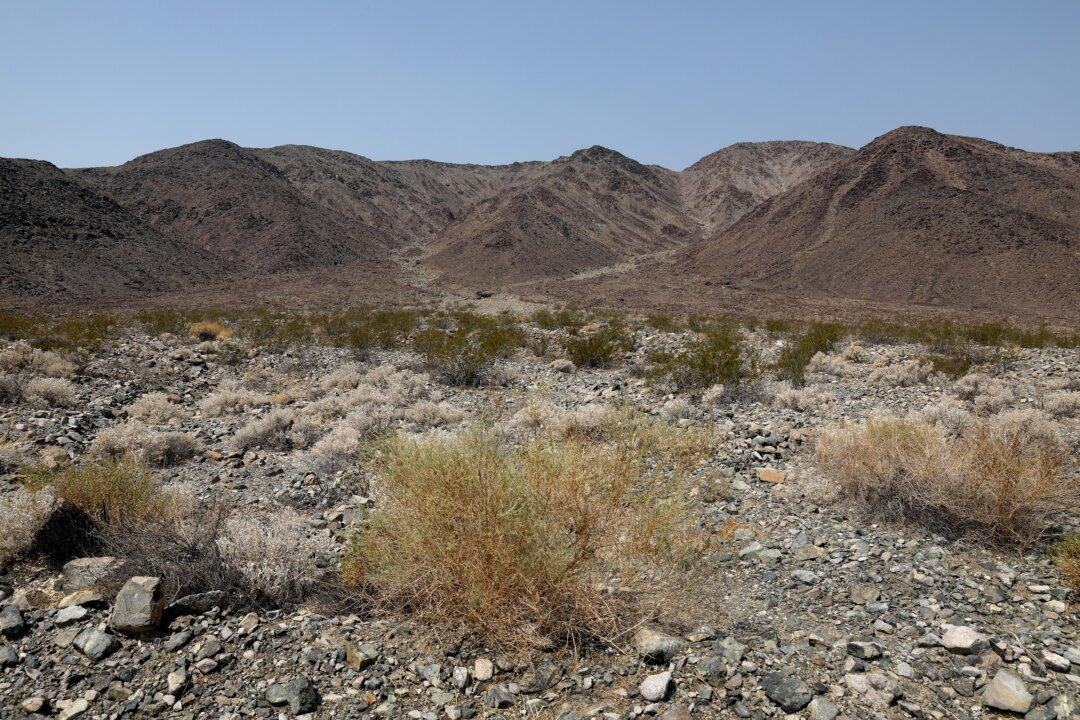By Matt Pawlik
From Los Angeles Times
Los Angeles–In teaching geology, many professors might crack open a textbook or click through a PowerPoint presentation. Nick Van Buer, an associate professor of geology at Cal Poly Pomona, has something far more interesting to share: stories, videos, and maybe even a few cool scars from his 530-mile hike across the Mojave Desert.






